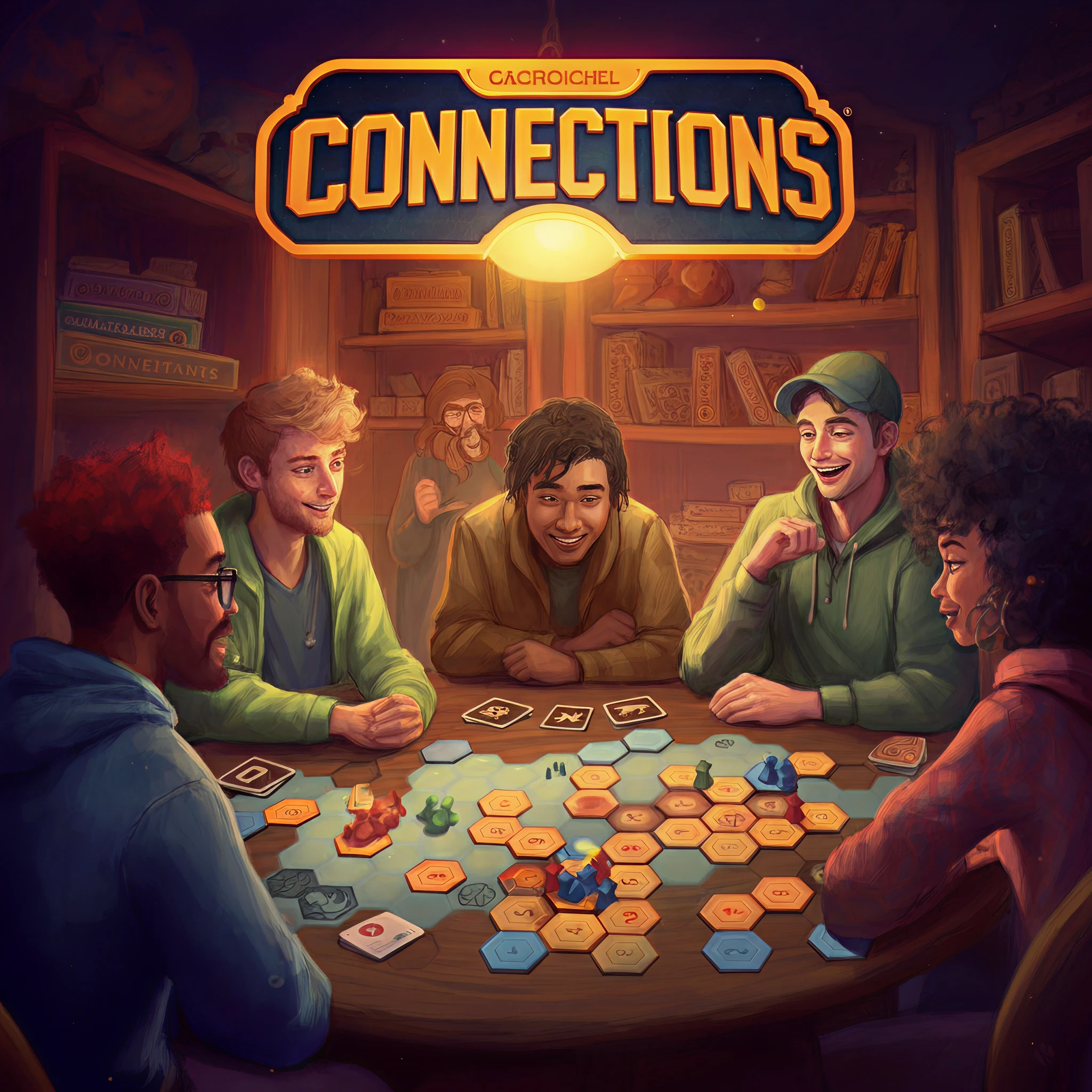Whether you’re new to the New York Times Connections game or a seasoned player looking to up your skills, this article will provide you with everything you need to tackle the grid confidently. With its mix of logic, vocabulary, and lateral thinking, Connections has quickly become a favorite among puzzle aficionados.
Here’s how you can master the game and make solving each puzzle a rewarding experience.
What is the NYT Connections Game?
Connections challenges players to group 16 words into 4 different categories of 4 words each. At first glance, it may seem random, but the goal is to find hidden patterns that link the words together. Examples of group categories can include synonyms, themes, or references to pop culture.
Your aim? Solve the puzzle with as few “mistakes” as possible while connecting the correct groups.
Hints for Today’s Connections Puzzle
If you’re playing and need a nudge, here are some group-specific hints for today’s puzzle, without spoiling the fun:
- Yellow Group Hint: A word that relates to physical or social surroundings.
- Green Group Hint: A term denoting fame or greatness.
- Blue Group Hint: Essential tools for architects.
- Purple Group Hint: Often follows the word “bar.”
Still stuck? Make a small guess, then compare your matches to the hints. Each solved group unlocks more clues for the rest!
Strategies for Solving Connections Puzzles
To improve your chances of success, follow these tried-and-true strategies:
- Start with the “easy” group. Look for obvious connections or high-frequency themes, like colors or numbers.
- Search for unique keywords. Words that stand out (e.g., niche terms like “T-square” or “compass”) can help you identify groups quickly.
- Eliminate categories systematically. Test a few groupings mentally and sort out the wrong answers early to narrow down the grid.
- Think laterally. Puzzles can be tricky, often with creative or double meanings. For example, “soap” might allude to TV soap operas!
- Take your time. Don’t rush your guesses. Connections is as much about reasoning as it is about intuition.
Today’s Connections Puzzle Answer Key (Spoiler Alert)
Here are the solutions for today’s NYT Connections puzzle. Consider skipping this section if you’d prefer to solve the puzzle independently!
- Yellow Group (Milieu): Circle, Scene, Sphere, World
- Green Group (Luminary): Great, Legend, Icon, Lion
- Blue Group (Architectural Tools): Compass, Ruler, Stencil, T-square
- Purple Group (Bar \\\_): Chart, Exam, Mitzvah, Soap
See how they connect? The groupings often revolve around subtle themes, adding an exciting layer of complexity.
Common Mistakes to Avoid in Connections
Even seasoned players stumble from time to time. Here’s how to avoid the most common pitfalls:
- Overthinking simple connections. Sometimes, the answer is one of the most obvious options. Don’t overlook patterns that seem too “easy.”
- Not testing alternative matches. Before solidifying a group, try swapping one word to see if a stronger connection emerges.
- Ignoring double-meanings. The game often uses words with multiple meanings, so keep that in mind when forming groups.
Pro Tip: If you’re stuck, focus on solving the category that already has the most potential matches lined up.
How to Improve Your Skills
Want to take your Connections game to the next level? Here are some resources and tips to help you practice and master the art of word grouping:
- Play Daily. Familiarity is key. Regular practice will sharpen your pattern recognition.
- Study Synonyms and Categories. Expand your vocabulary using tools like a thesaurus or word association apps. Familiarity with categories like pop culture, geography, and professions will help you immensely.
- Challenge Yourself with Other Word Games. Games like Wordle, crossword puzzles, or Scrabble can improve your linguistic agility.
- Learn from Tough Puzzles. Revisit past Connections puzzles and analyze the groupings. This can help you recognize patterns more quickly in future games.
Final Thoughts
Mastering the NYT Connections game isn’t just about solving puzzles; it’s about enhancing your pattern recognition and developing creative thinking. By following these strategies, practicing regularly, and learning from your mistakes, you’ll quickly build confidence and improve your success rate.
If you’re ready for more challenges, try solving today’s Connections puzzle and see how far you’ve come. And don’t forget, every puzzle solved makes you sharper for the next!
Happy puzzling!








